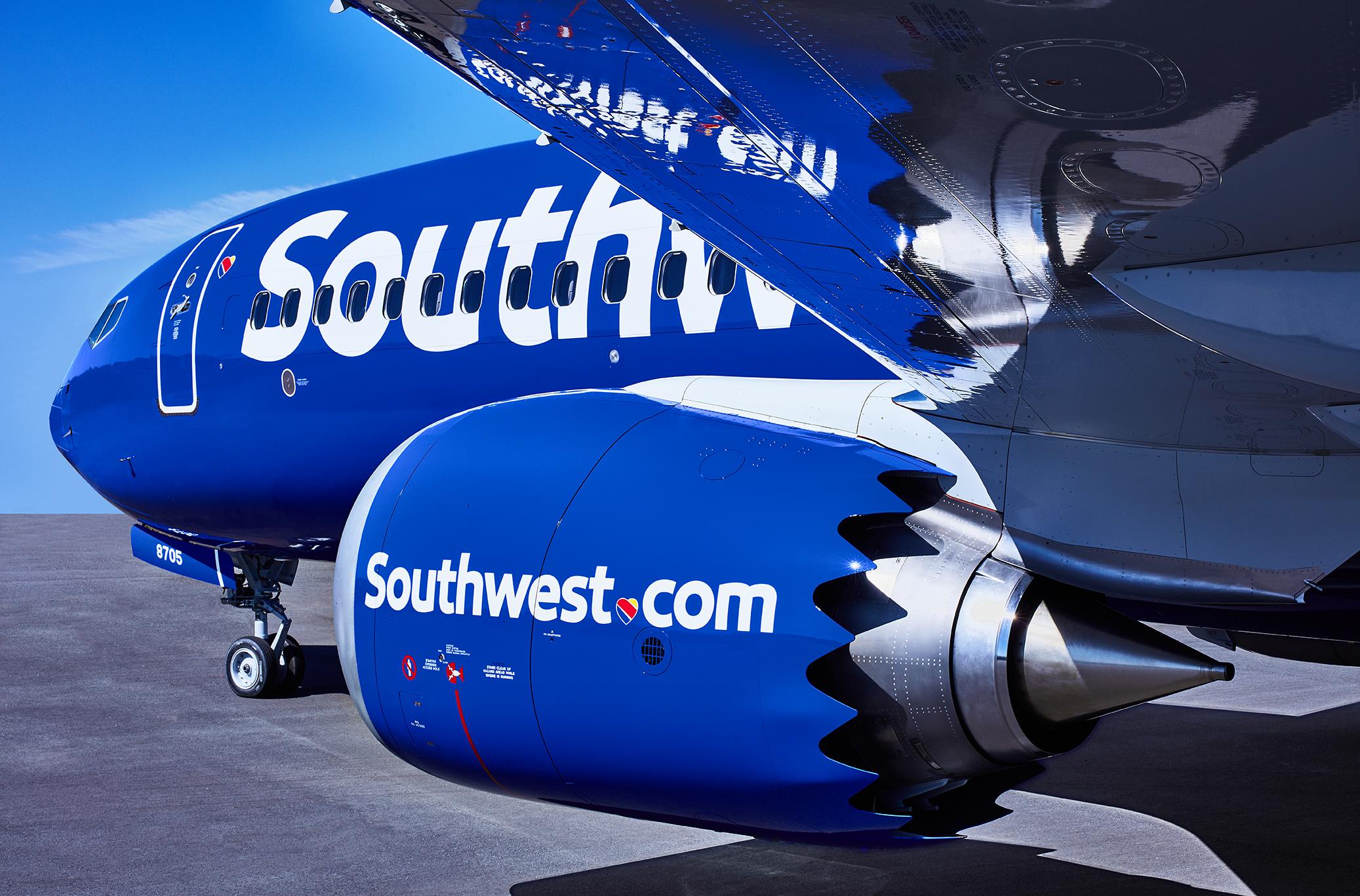
Credit: Southwest Airlines
Southwest Airlines plans to grow its fleet by about 85 aircraft in 2022, but its order-book flexibility and plethora of older aircraft it could park gives it flexibility to increase or decrease the figure based on market conditions, company executives said. The Dallas-based airline has firm-order...
Subscription Required
Southwest Airlines Eyes 30-35 Aircraft Retirements Per Year is published in Aviation Daily, an Aviation Week Intelligence Network (AWIN) Market Briefing and is included with your AWIN membership.
Already a member of AWIN or subscribe to Aviation Daily through your company? Login with your existing email and password
Not a member? Learn how to access the market intelligence and data you need to stay abreast of what's happening in the air transport community.

